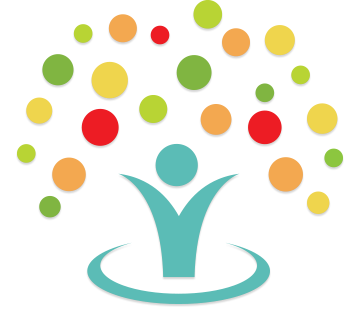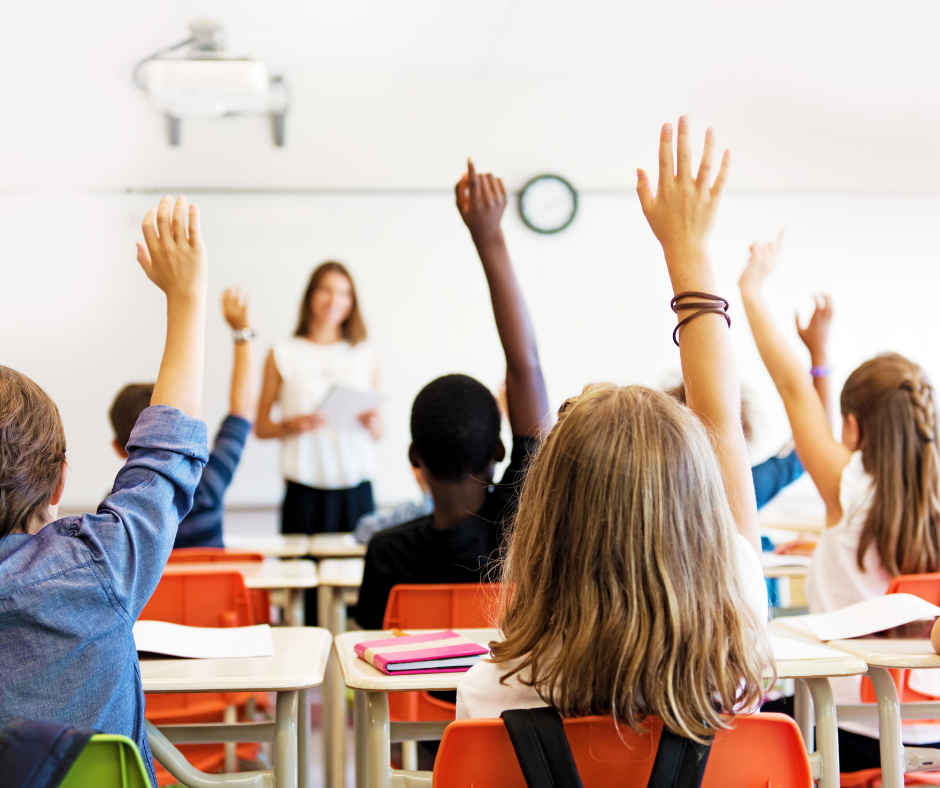If you’re a teacher, you have A LOT on your plate. Learn how sociograms help you promote your students’ social health and overall classroom dynamics.
Returning to school is turning out to be more challenging than expected.
It would be nice if the “new normal” simply involved bouncing back to that pre-pandemic classroom rhythm. But as it turns out, that’s not the case…
Students are struggling with the basics of social interactions and classroom norms.
Teachers are struggling to find the time to support their students’ social emotional needs while juggling lesson planning, grading, administrative work, and other expectations.
Counselors are struggling with overwhelming caseloads of students, finding themselves very much outnumbered.
If you’re a teacher or a school counselor, you know firsthand how challenging the last couple of years have been for your students. From isolation to psychological stress, students are still experiencing the effects of the pandemic. The grief, anxiety, and depression children experienced during the pandemic have manifested in the classroom through behaviors such as profound sadness and crying, as well as disruptive behavior in elementary schools and increased violence and bullying among adolescents.
The fact is, students are struggling with remembering how to interact with each other, feeling a strong sense of belonging to their classroom and school communities, and with feelings of social isolation.
How to Use Sociograms to Promote Your Students’ Social Well-Being
Unfortunately, there is no simple solution to rebuilding your students’ social well-being. But there is a way for teachers and school counselors to identify students who need the most support quickly and easily: Start by understanding the social landscape of your classroom.
Knowing the social landscape of your classroom is a game-changer when it comes to rebuilding students’ interpersonal relationships, strengthening their sense of belonging, and reducing isolation and feelings of loneliness. And the easiest way to assess your students’ social health is by using a sociogram tool. Sociograms can help you reinforce positive and healthy interactions among students and help you start the next school year with confidence.

Sociograms aren’t new, but they do have unique importance in today’s school environments. Here’s an overview of the ways sociograms can help you in your classroom:
- Provide an understanding of social dynamics and classroom social structures
- Give you data to help make decisions
- Give you an understanding of student behavior
- Cut out the guesswork of classroom dynamics
Now that we covered the basics of how you can use sociograms to make your classroom environment better let’s dive into how sociograms can improve classroom dynamics.
How to Use Sociograms to Improve Classroom Dynamics
As a teacher, you spend a lot of time trying to understand the social dynamics in your classroom.
Much of this time could be better spent mitigating conflict between students or facilitating positive interactions and relationships because strong student communities help decrease bullying and classroom disruptions and serve as the foundation for a productive, positive, and healthy classroom climate.
And less conflict in the classroom means less work for you as a teacher.
As just one example of how sociograms can help with classroom dynamics, studies suggest that the prevention of victimization is most effective when there is early intervention.
Since sociograms give teachers and counselors the data to understand social structures in the classroom, they can help you recognize victimization taking root before it turns into bullying. And the data from sociograms can also save students from the harmful effects of bullying.
Let’s explore how else sociograms can help you prepare for the next school year.
How Sociograms Can Make Classroom Planning Easier for Teachers
Social connection is necessary for students to thrive. If a child doesn’t feel seen, heard, and understood in the classroom, it becomes much harder for them to learn, contribute, and build relationships.
Sociograms give you straightforward ways to measure students’ connections with their peers. This valuable information can help you make the best possible decisions for your students and your overall classroom dynamics. Plus, research shows that students who attend schools with a high level of student community are more driven and willing to take risks academically.
Sociograms help your students thrive by:
- Cutting down on time you’d typically spend grouping students for academic reasons. Educators spend so much time thinking about how to group students academically but often forget about their social needs in the process.
- Making it easy to address students’ social needs in the process of academic grouping – This can foster a more inclusive, dynamic learning environment.
- Giving you the data you need to make informed decisions – Data from sociograms show whether or not a student feels isolated. This allows you to stop the problem before it gets worse.
- Stopping classroom disruptions before they become a problem – If a student struggles to make social connections, they can act out with behavioral issues grounded in a need for attention.
Armed with this information, you can make the 2022-23 school year easier by understanding classroom dynamics. By knowing students’ social needs, you understand your students better overall. This makes decisions such as lesson plans and when to intervene in conflict more straightforward.
The Added Bonus of Bloomsights’ Sociogram
As educators, you know the one thing that can bring on a sudden sense of dread…the seating chart.
It’s complicated. It’s necessary. It may have to be adjusted at a moment’s notice.
One of the many things that makes Bloomsights’ sociogram stand out is our tool that helps you arrange your classroom. It’s based on data and doesn’t require you to wrack your brain over who sits where.
With Bloomsights, you can make a data-informed seating chart in seconds.
With our Groups tool, you can automatically pair students based on the likelihood of them establishing stronger social connections.
This might bring to mind another time suck: creating student rosters for the upcoming school year.
The Bloomsights’ grouping tool can also help make these decisions more straightforward as you create student rosters.
Make the 2022-23 School Year the Best One Yet
Teaching is one of the most challenging jobs, period. You have to balance planning your curriculum with administrative duties and the social aspects and dynamics of the classroom. It’s a lot of work, but you do it because you care about your students’ academic and psychological well-being.
If you’ve been teaching for any length of time, you know how the right tools make all the difference. The Bloomsights sociogram is the tool that will help you understand your students’ social health in a matter of minutes.
No more guessing games. More time spent supporting a dynamic and healthy classroom environment.
If you’d like to know more about how our sociogram can help you start the next school year with confidence and clarity, reach out to us at hello@bloomsights.com, or call 970.568.8981.






Leave a comment